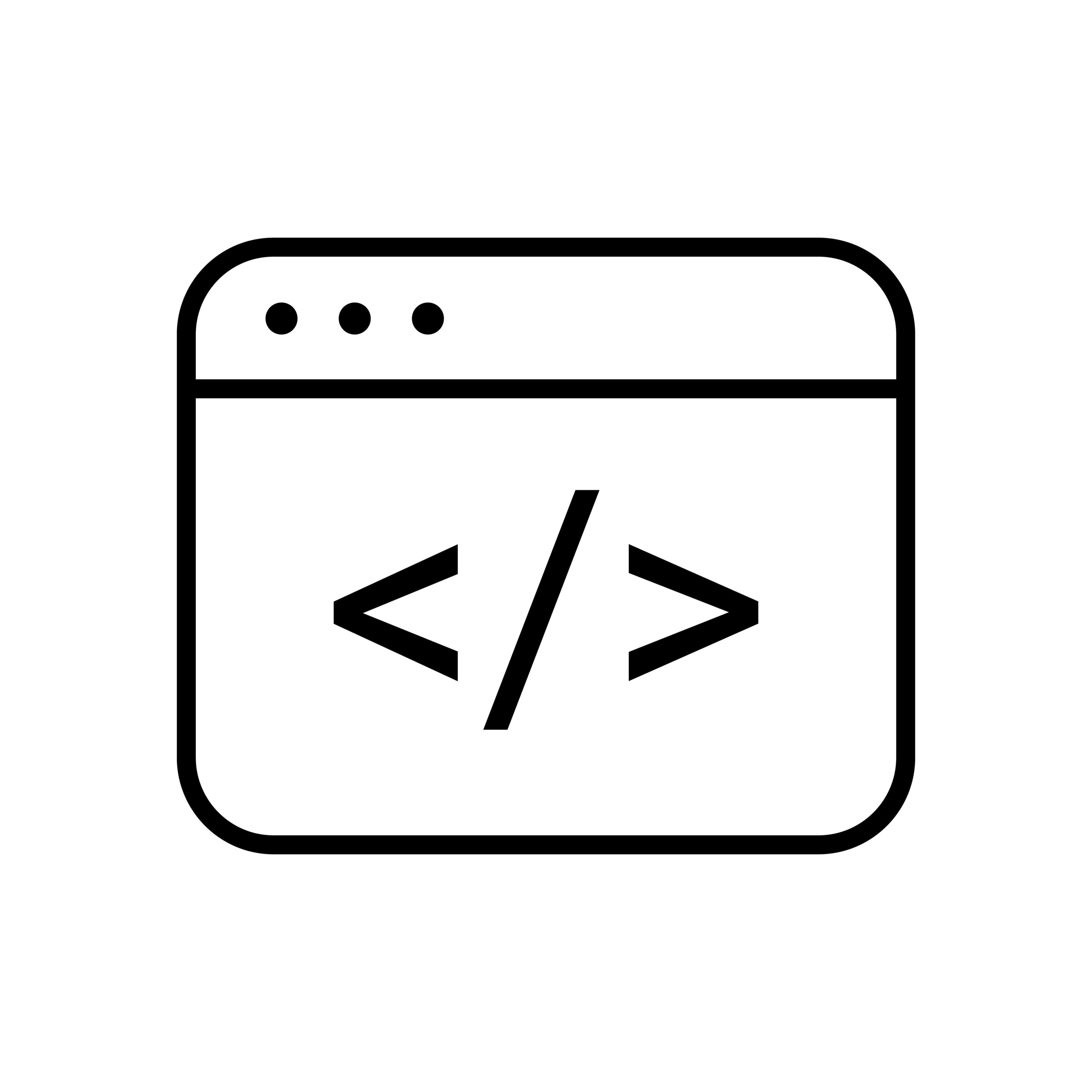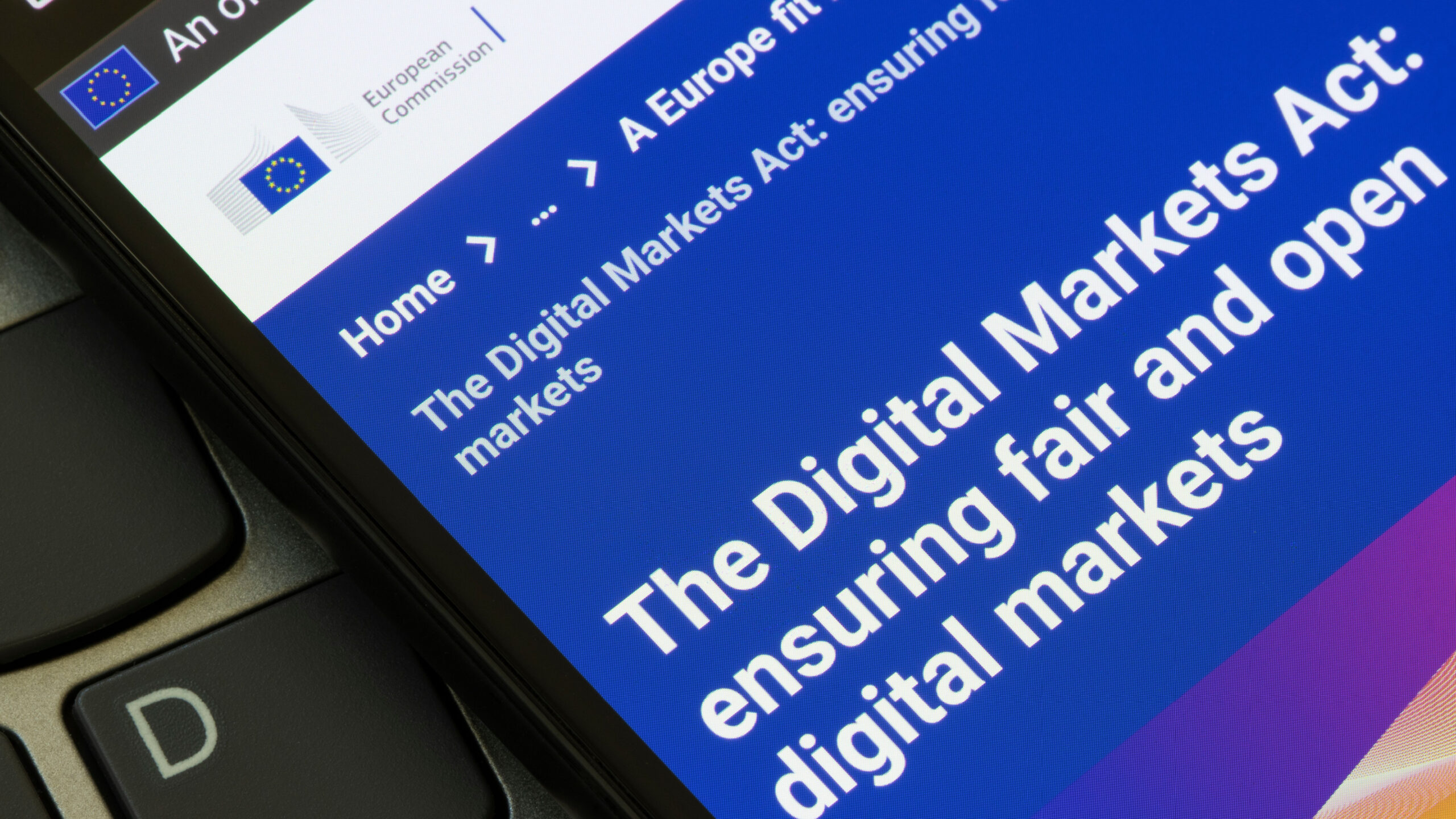Aereo and Innovation: A Sobering Lesson from Music
The Supreme Court recently held that Aereo, a service allowing subscribers to watch broadcast TV on Internet-connected devices, infringed copyright law by publicly performing protected works. Although the Court promised that its ruling was “limited,” that may not be the case. To shed light on Aereo’s impact, this post highlights my research into copyright law and innovation, which foreshadows harms to innovators, reduced venture capital, and increased litigation from heightened ambiguity.
My research uncovered the relationship between copyright and innovation in the music industry through interviews of 31 high-ranking officials from technology companies, the recording industry, and venture capital firms. I traced the effect of litigation including Napster, the first case to punish a peer-to-peer (P2P) service, and one in which the court required filters that were 100% effective in blocking copyrighted works.
I learned that Napster had a significant effect on innovation and investment in the music industry. Venture capitalists and entrepreneurs were “scared away” from the area, which was “too risky.” And the decision led to a venture capital “wasteland,” “graveyard,” and “lost decade,” with “a pall over companies getting funded.”
Relatedly, innovators who tried to comply with the law were blocked by the copyright holders. One innovator introduced a service that he believed was “completely legal to the letter and to the spirit” of the law, but still “got hit across the head with a hammer.” Another, who offered a service that was “able to block close to 100%” of the files the record labels requested, lamented that he was “getting set up by the RIAA [Recording Industry Association of America]” with an “ultimatum” that “you cannot have any of our material being downloaded on our website—100%.” And a third, offering a service that had investors with “deep entertainment interests” and was “first of kind” in implementing compliance procedures, witnessed its offer of a “blank check” rejected by the labels, which “just wanted us dead.”
As Justice Scalia observed in dissent in Aereo, the majority created ambiguity in crafting “an improvised standard (‘looks-like-cable-TV’) that will sow confusion for years to come.” I found in my research that such ambiguity stifles innovation. One respondent stated that the “lack of clarity” in the law is “holding back innovation right now.” A record label official admitted that “If there is lack of clarity in an area, I am going to defend it to the most aggressive interpretation based on my rights.” And “it’s always going to ultimately end up in favor of the content owners” since they “are going to have more resources and capability.”
Regardless of a lawsuit’s merits, copyright holders can use such ambiguity to prolong litigation against, and quash, innovators. My interviews uncovered copyright lawsuits that “aren’t necessarily about right or wrong” or “operating within the spirit or the letter of the law,” but are “simply a business strategy.” I heard that record labels achieved “an enormous number of business goals” from the “tremendously effective hammer” of filing suit. Especially as employed against startups, lawsuits have an “absolute chilling effect,” with their “ultimate success . . . completely irrelevant.” One record label official conceded that “even the threat of a lawsuit . . . really does slow down investment in the space” and that “quite a few” innovative services “never came to life” because of “the threat of potential lawsuits from content owners.”
The harms from ambiguous standards used as a litigation hammer are exacerbated by statutory damages and personal liability. Statutory damages in the amount of $150,000 for each infringed work have the effect of being “effectively infinite.” Innovators felt they were “dead” when charged with statutory damages. And personal liability makes it even worse, with my research uncovering examples of process servers that “knocked on the door like it was the police”; statements that “we can make all kinds of allegations and it’s your job to prove you’re not infringing”; and threats about respondents’ children “who are going to want to go to college.”
In short, like the Aereo case, copyright litigation in the music industry has proceeded against defendants that courts have wanted to punish and has resulted in standards both aggressive and ambiguous. The Aereo majority claimed that its ruling would be “limited” and would not “discourage . . . the emergence or use of different kinds of technologies.” Copyright litigation in the music setting offers a cautionary tale that such a promise may be wishful thinking.
Michael A. Carrier is Distinguished Professor at Rutgers Law School and a leading authority in antitrust, copyright, patent, and innovation law. He previously guest-posted on DisCo about statutory damages and the innovation asymmetry.








